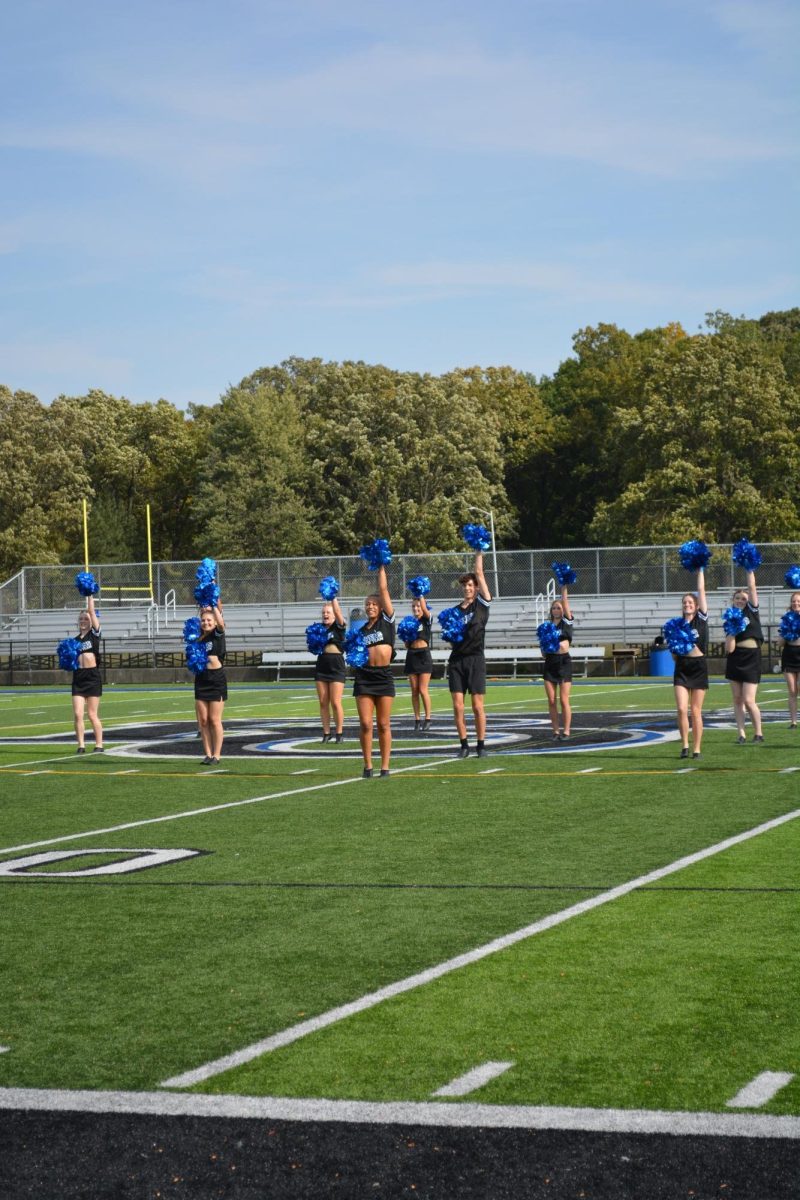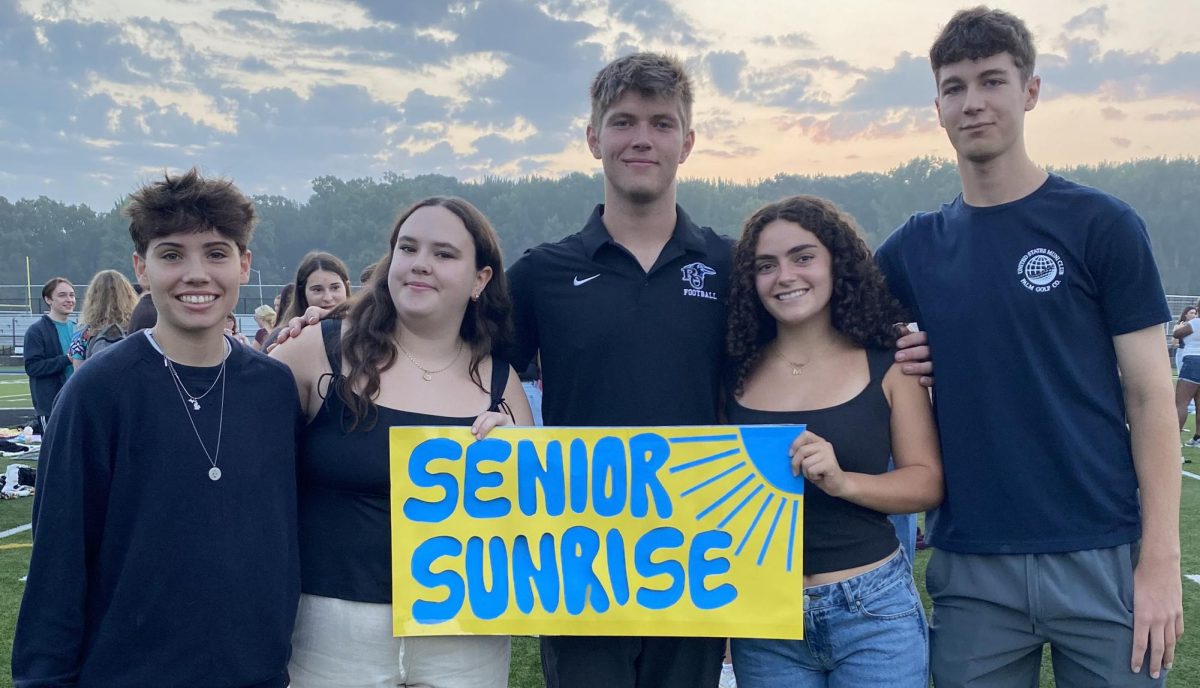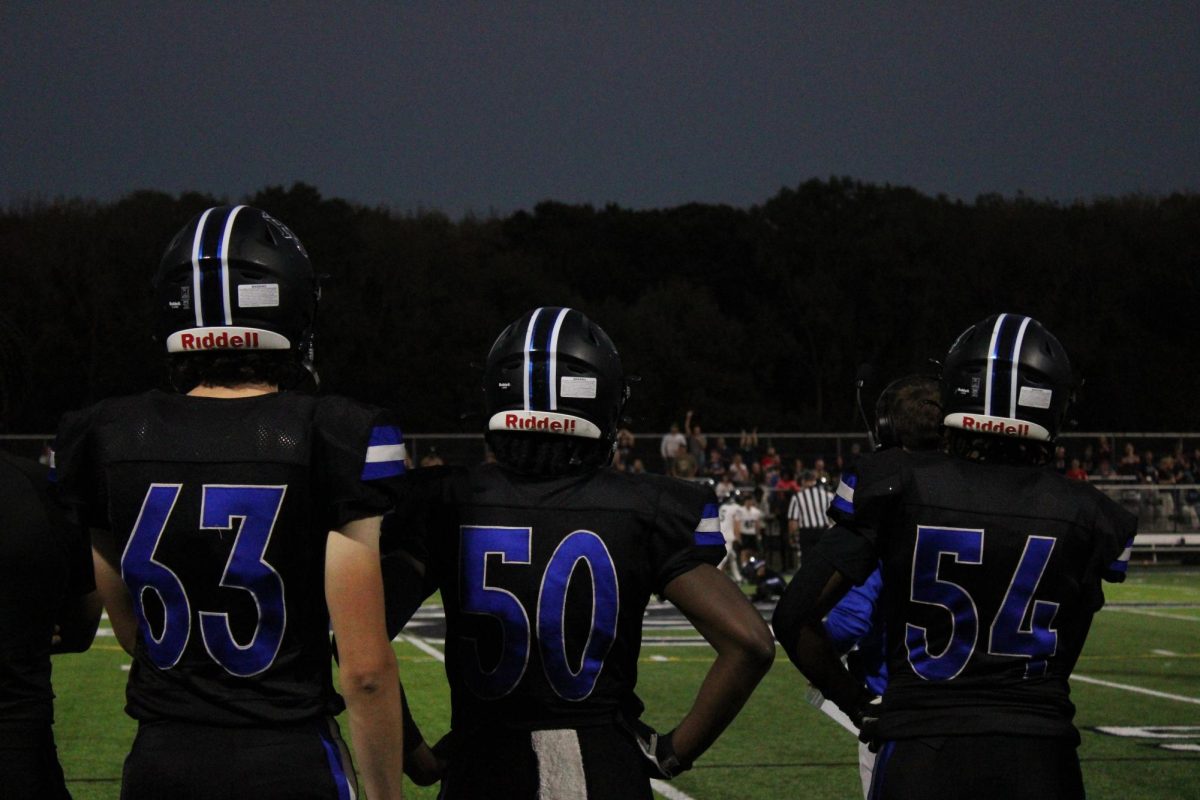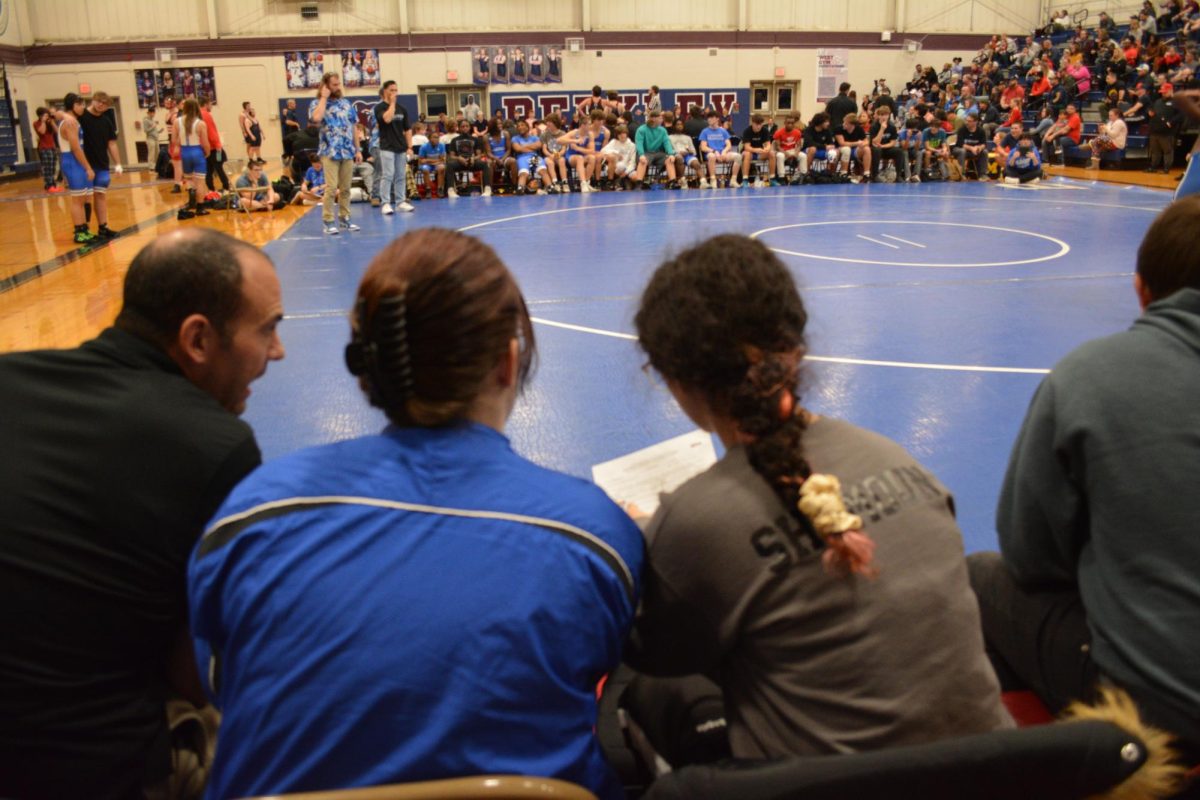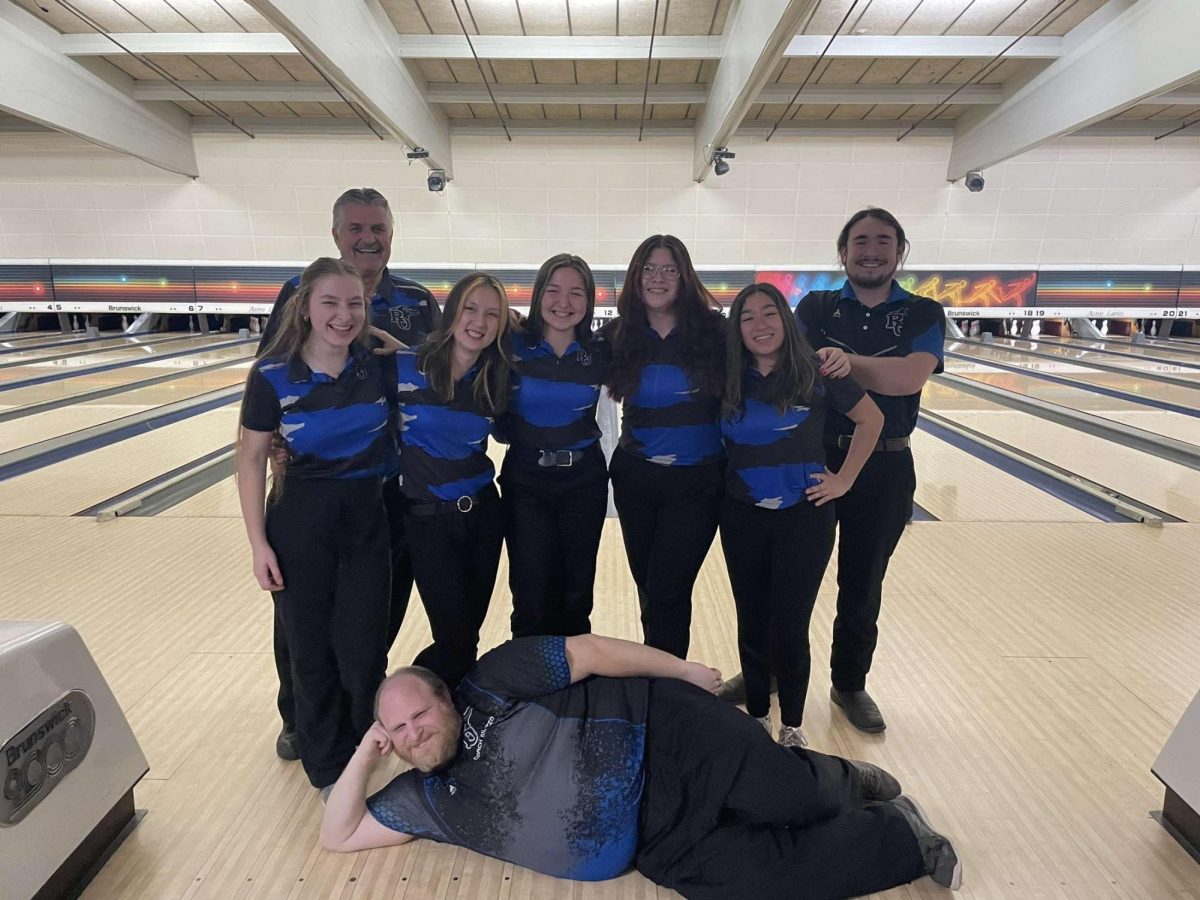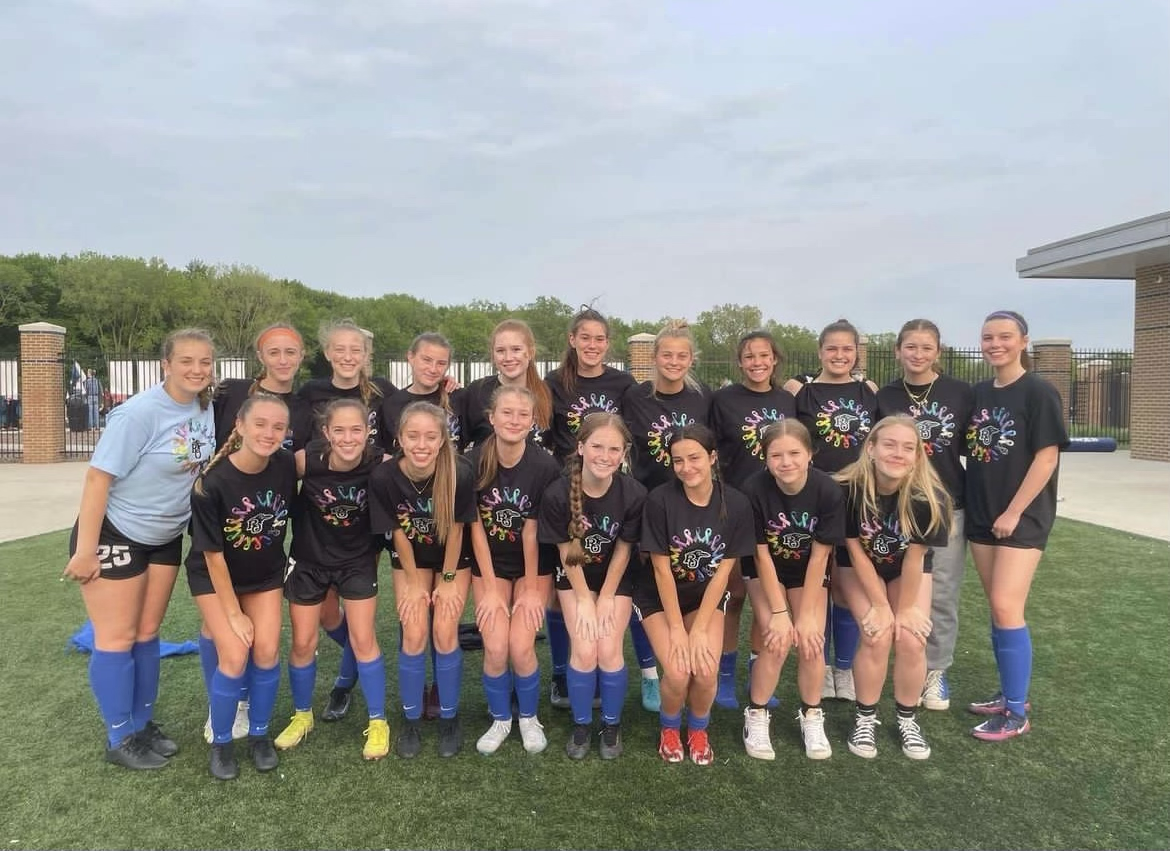It’s safe to say that the teenage drama genre of television has secured its place in mainstream pop culture, especially with the rise of streaming services in recent years. But aside from entertainment, how do these shows affect the teenagers who watch them?
Many understand that social media can distort an adolescent’s concept of the world, but popular shows also have a hand in shaping how adolescents approach serious issues. As is common in television, dramas can be expected to present an aestheticized rendering of difficult topics, which changes the perception of what is and isn’t appropriate or safe. This sets a dangerous precedent for young viewers grappling with their own development.
Of course, it’s no secret that actors are often much older than their characters. This is mainly due to strict child protection laws for actors, so issues with working hours (and potential exploitation in the industry) are best avoided simply by casting adults. However, this presents a problem: the storylines within the show are being represented by adults, and this alone has immense influence on what is greenlit for the show and expected by viewers of all ages.

But how do teenagers navigate this haze of media fantasy? Most don’t look like seasoned actors. Most don’t come to school every single day looking flawless, without a hair out of place or a spot of acne. Most don’t have a wardrobe perfectly tailored to their distinct personalities, and a majority of high schoolers understand this, even when tempted to measure themselves against it. But for young children anticipating their teenage years, this imagery is misleading.
“I think when I was younger, I was more impressionable,” said sophomore Lily Harmon-Cawley. “But now, not really. I can separate fiction from reality.”
Junior Sophie Lewinski agreed.
“Life isn’t really like this at all, and it [the show] tells them that it is,” she said. “It gives people, kids especially, the wrong idea about who teens are and how we act. I think that a lot of these shows showcase drama, because if it was the regular teenage life, nobody would want to watch it because it’s kind of boring most of the time. I do think a lot of teens face, you know, smoking, drugs, alcohol problems, but they’re not as severe for us.”
After all, the reverse of the teenage daydream also makes for enticing television. For many beloved teen characters, drinking is enjoyable, drugs offer an escape, and their list of sexual encounters grows with each season. But the truth of the matter is, this behavior is not normal for most high schoolers in the real world. Instead these depictions all exhibit the wild, rebellious teen spirit valued so highly in popular culture.
One of the most popular perpetrators of this problem, is HBO’s Euphoria, which has been glamorized, mocked and debated across the Internet since its premiere in 2019. Characters become dependent on drugs, regularly participate in hookup culture and, infamously, break every dress-code rule known to most high schoolers, all in the glow of the show’s signature aesthetic. Many don’t expect the intense themes and rampant sexuality to be anything more than entertaining for fans, but in truth, any dedicated fan can be influenced by the content. This is especially true when body image and mental health are concerned.
“That’s where a lot of self-image issues come into play,” said ROHS counselor Carrie Laurence. “You’re seeing people that are not really real, and it can really hurt someone’s perceptions. I would say I talk to students about these things on a daily basis. There’s a lot going on in a teenager’s life, especially after a pandemic. You have to figure yourself out as a person, and television can hurt that.”
Netflix’s 13 Reasons Why was heavily criticized for what many considered a failed attempt at reducing the stigma around mental illness. Though it was presented as ground-breaking, young viewers weren’t taught to seek professional help for their struggles, and some thought that issues of suicide and self-harm were sensationalized.
But problematic messages aren’t always so obvious. Harm can come from a casual comment on a character’s weight in a show, or the moment another decides to forgive their significant other for a cruel joke. However meaningless these actions seem at the time, they make a difference when damaging mindsets become normalized.
“People who are more susceptible to peer pressure can idolize the characters in the show too much and start to act like them in ways that are unhealthy and aren’t good for them or the people around them,” said Harmon-Cawley.
This can be seen in many shows, where toxic and abusive relationships are romanticized to extreme degrees, even when underlying messages warn other characters about the dangers involved. Often, the instigators experience a redemption arc, contributing to the misconception that abusers can be “fixed” by their friends and significant others. This teaches young fans to overlook the unhealthy dynamics in real life relationships as a result, and subjects them to false perceptions of healthy dating and friendships. This trend persists with the dreaded “teacher/student” trope. Any relationships with authority figures are, of course, exploitative and dangerous in real life, but real life teenagers may not recognize this predatory imbalance of power before becoming trapped in a dangerous situation.
But does relatability matter? Not to everyone. Some appreciate these shows for their entertainment value alone. But it’s important to remember and be wary of the age range these shows portray. Whether or not individuals are personally affected by inaccurate depictions, teen television is woven into the fabric of popular culture to such a degree that it has become relevant to everyday life, and ultimately, the lives of its viewers.
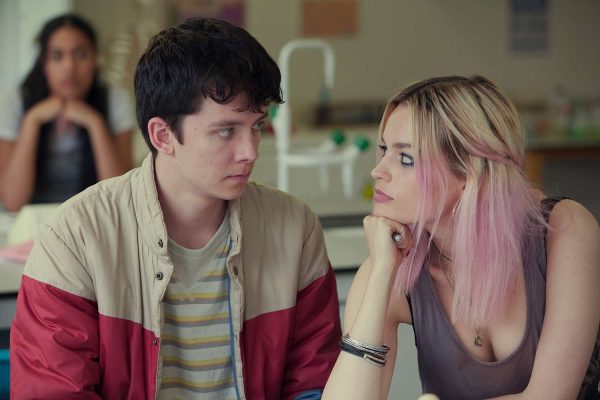
Even so, most teenagers don’t prioritize drug use or their sexual initiation, and many are more concerned with schoolwork, sports and jobs. Harmon-Cawley enjoys Gilmore Girls for this reason.
“I relate to Paris, because, academic validation,” she said.
Shows like Netflix’s Sex Education, which have been popularized in the last few years, offer a humorous alternative to heavier content that focuses on the many day to day complexities of high school that, in comparison, are relatively average. According to Lewinski, they also represent the diversity of individual struggles and perspectives, instead of “fitting us into stereotypes.”









